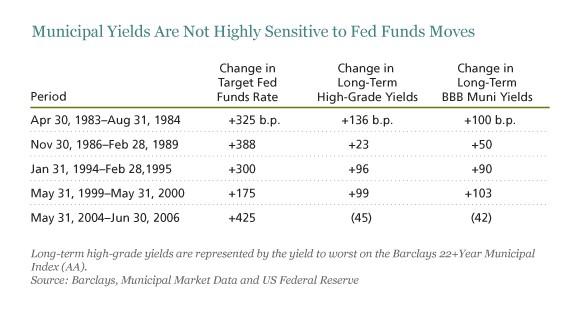International bond fund yields could boost income
Post on: 16 Апрель, 2015 No Comment

By: Craig Guillot, November 22nd 2013
If you’re looking to make up to 5% on your savings without taking on a lot of risk, international bond funds might be for you.
These are mutual funds or exchange-traded funds that invest in bonds issued and backed by foreign governments.
Just like Washington, D.C. does, these governments use bonds to borrow money and finance public spending.
But interest rates in those countries are much higher than the record lows we’re seeing in the United States because of the recession-fighting policies of the Federal Reserve.
While most of our government bonds are paying 1% or less, that’s not the case in many other stable, trustworthy places.
Mari Adam of Adam and Associates in Boca Raton, Fla. says there are many solid, well-run international bond funds earning 3% to 5%.
The risk is less than you might expect.
Don’t assume that all international bonds are riskier than their U.S. counterparts, she says. Many foreign countries, including some emerging-market nations, have less debt and stronger balance sheets than the U.S.
The yield on 10-year Treasuries is currently around 2.7% and about 4.5% for AAA-rated (that’s the best) corporate bonds.
Bonds from other industrialized nations — think Japan, Germany, France and Italy — are paying about 1 percentage point more than comparable U.S. debt.
Those from developing — and riskier — nations such as Colombia, Nigeria, India, Indonesia and Mexico offer yields of 5% and more.
401(k) contribution limits unchanged for 2014
Putting as much as the government will allow into these tax-deferred retirement plans is a critical milestone in almost everyone’s effort to build financial security for themselves and their families. But according to the Federal Reserve’s most recent survey, 6.7% of us do so. How close will you come to those contribution limits next year?
That’s why Bob Phillips, managing principal at Spectrum Management Group in Indianapolis, says savers should look for a bond fund that holds many different types of debt from all over the world.
It may help you earn some extra yield, Phillips says, but will reduce some risk through diversification.
One such option is the new Vanguard Total International Bond Index Fund (VTABX). It owns roughly 2,000 corporate and government bonds maturing in one to 10 years.
Nearly 90% of the investment-grade debt it holds was issued in Europe and Asia with only a smattering of holdings from emerging markets.
As a result, Vanguard, which rates the volatility of all its mutual funds, considers this one a pretty safe bet — a 2 out of 5 on its scale of potential risk.
Since it just started in May, there isn’t any historical data, but annual expenses are projected to be just 0.2%.
That is way below the average cost for international bond funds, according to Morningstar. The independent investment research company says the typical international bond funds charges a little over 1% a year.
Also avoid any funds with a front-end load. It’s a sale commission that you’ll pay up front and that will immediately reduce the value of your investment.
Another option is the Templeton Global Total Return Fund (TGTRX).
It has returned 1.17% over the past year but has had a five-year average return of 13.41%.
Some of its top holdings and bond rates include: Korea (2.75%), Ireland (5.4%), Mexico (8%) and Uruguay (4.375%).
Templeton Global yields 6.33%, but it carries a more typical expense ratio of 1.04%.
Earn top returns on your CDs
Don’t settle for less than the best nationally available interest rates. Our weekly surveys find all the banks with the top-paying deals. Here’s where you’ll find the latest results for:
Anyone investing in foreign bonds also needs to realize that there’s a risk that you just don’t run with domestic bonds.
Local inflation and fluctuating exchange rates can devalue earnings when they’re converted back into dollars.
Most diversified bond funds try to minimize this risk by holding bonds in stable currencies and having experience in moving money from one currency to another.
The PIMCO Global Bond Fund (PGBIX), for example, holds a third of its portfolio in U.S. bonds and two-thirds in international bonds, primarily those of Japan and Europe.
PGBIX has a yield of 3.22% and has produced a five-year average return of 8.07% and a 10-year average return of 5.61%.
So what’s the best conclusion to be drawn here?
Michelle Canavan Ward, a senior fund analyst at Morningstar, the well-regarded independent investment research firm, says international bond funds can be a great addition to your portfolio.
She just doesn’t recommend them as a place to park cash you might need soon. Unlike with a CD or money market account, which are FDIC-insured, you can lose money with bonds.
International bonds are a very large universe, Ward says. Be mindful of what kind of exposure you’re looking for and how much risk you’re willing to take.
Join all the savvy savers following Interest.com on Twitter and Facebook .














